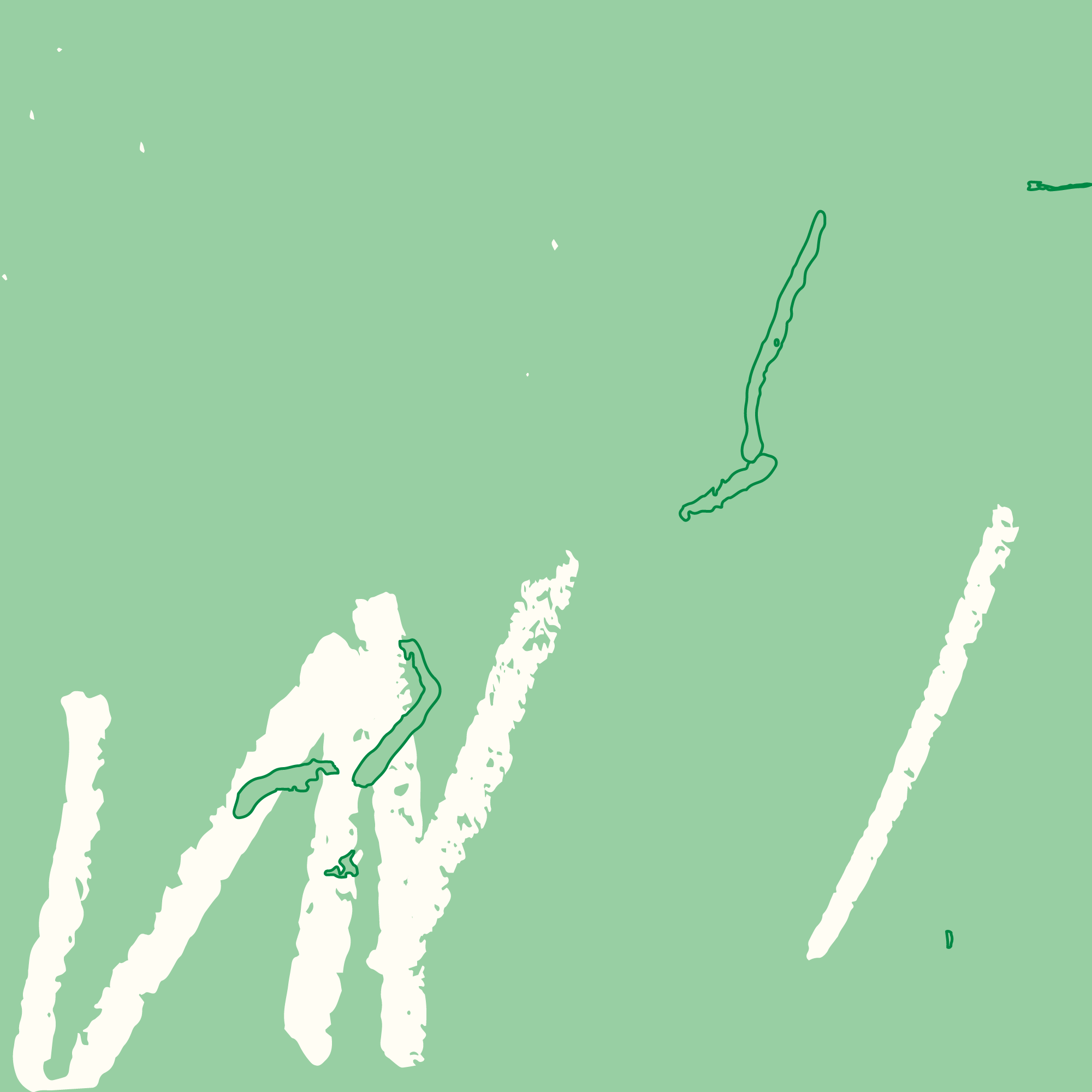Kontakt
- Konstepidemin
- Konstepidemins väg 6
- 413 14 Göteborg
- Sweden
- Hitta hit
- T: 031-82 90 90
- E: info@konstepidemin.se
Andre Eugène

Eugène started out as a house builder, but influenced by the creative energy of his neighbourhood he started to learn traditional sculpting in wood. ‘There was always something happening in our neighbourhood with music, many sculptors and Vodou all around. This made me begin the life of an artist.’ Eugène’s work became increasingly influenced by contemporary Haitian artists such as Nasson and then started to collaborate with established Haitian artists, Mario Benjamin and Barbara Prezeau. Eugène fused the fetish effigy with an apocalyptic MTV futuristic vision. Much of his work is figurative using human skulls for heads and imbued with a bold sense of irony, sexuality and humour. “It’s usually always the bourgeoisie who own the galleries. But I wanted to have a gallery, not only a gallery, but it must be a museum. This is the reason why I have given the name ’E Pluribus Unum’ Musee d’Art to my studio and yard.”Eugène started out as a house builder, but influenced by the creative energy of his neighbourhood he started to learn traditional sculpting in wood. ‘There was always something happening in our neighbourhood with music, many sculptors and Vodou all around. This made me begin the life of an artist.’ Eugène’s work became increasingly influenced by contemporary Haitian artists such as Nasson and then started to collaborate with established Haitian artists, Mario Benjamin and Barbara Prezeau. Eugène fused the fetish effigy with an apocalyptic MTV futuristic vision. Much of his work is figurative using human skulls for heads and imbued with a bold sense of irony, sexuality and humour. “It’s usually always the bourgeoisie who own the galleries. But I wanted to have a gallery, not only a gallery, but it must be a museum. This is the reason why I have given the name ’E Pluribus Unum’ Musee d’Art to my studio and yard.”
IASPIS GRANT HOLDER
Fler gästkonstnärer
Med stöd från/I samarbete med


